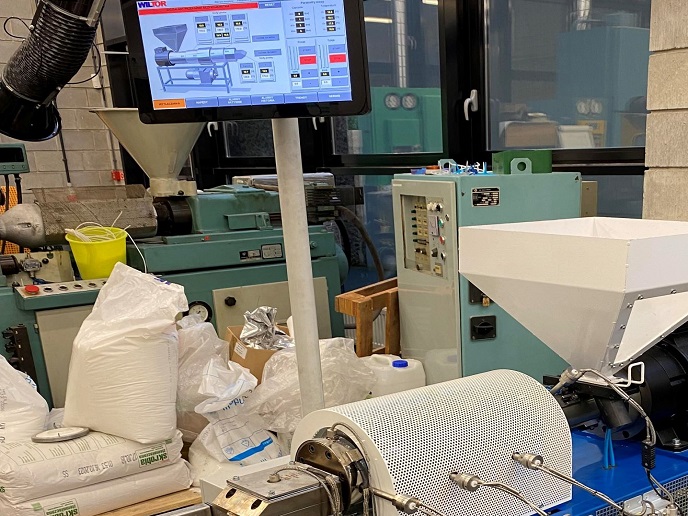Advanced materials for restoring cultural heritage assets
Heritage objects and buildings are culturally and economically important, and as such need to be protected from physical, chemical and biological degradation and damage. With this in mind, the EU-funded HEROMAT(opens in new window) (Protection of cultural heritage objects with multifunctional advanced materials) project developed high-tech materials and techniques for protecting, conserving and restoring cultural heritage assets. Work began with the selection, sampling and characterisation of all substrate materials, namely stone, clay brick, mortar, render and colour finishing layers. Project partners ran pilot studies on the novel materials and then tested them on a medieval fortress in urban Serbia and a Baroque manor in rural Slovenia during continental climate conditions. The HEROMAT team developed carbonate and silicate consolidants and a photocatalytic protective material. The three materials help to preserve the physical state of cultural assets while providing resistance to degradation. Beyond project scope the carbonate consolidant was applied to frescos in two cultural heritage monuments, while the protective coating was used on the walls of several fortresses along the Danube River. Researchers proposed a methodology to evaluate promising formulations of the developed coating and consolidants. It used various non-invasive spectroscopic, optical and mechanical methods to assess the chemical, physical and mechanical properties of the treated surfaces for a period of one year. In addition, a life-cycle assessment of the newly developed materials revealed a low environmental footprint, and an energy- and environment-efficient manufacturing process. HEROMAT products will improve both the physical state and durability of monuments and other heritage structures. The photocatalytic self-cleaning coating may also be used in the construction industry for protecting building materials subjected to extreme conditions. What is more, all developed materials could help heritage managers to ensure that cleaning and protection efforts become less frequent and costly.







